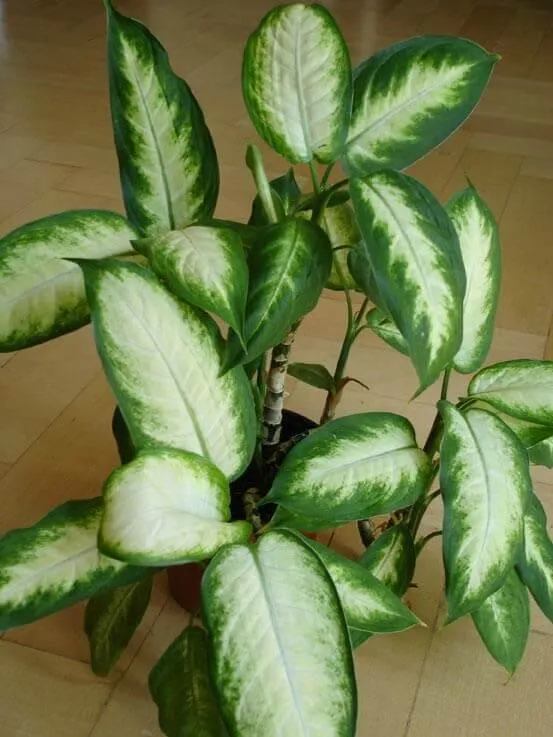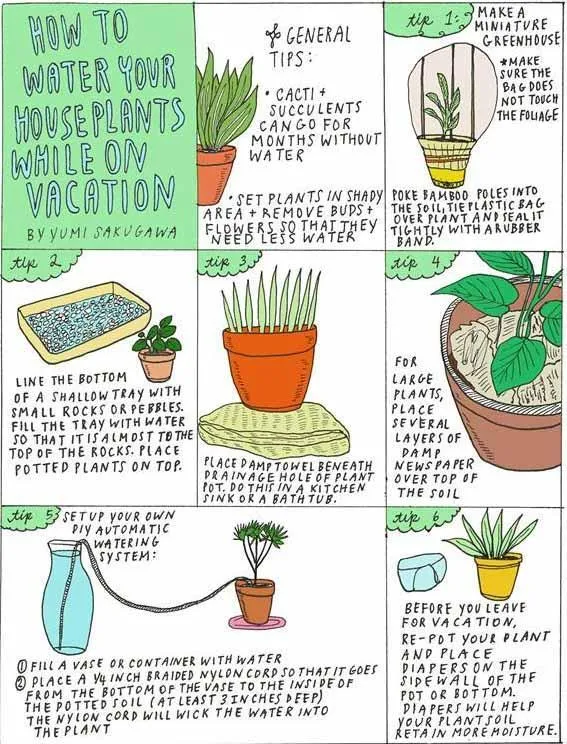All You Need to Know About Using Wicks with Dieffenbachias
If you’ve been searching for information on “dieffenbachia wick”, you’ve come to the right place. As an avid gardener with over 15 years of experience caring for all types of houseplants, I’m here to answer any questions you may have about using wicks to water your dieffenbachia.
Why Use a Wick with Dieffenbachias?
- Controlled watering: Wicks allow you to water your dieffenbachia from the bottom up in a slower, more controlled way compared to watering from the top. This prevents overwatering, which is one of the main causes of dieffenbachia death.
- Uniform moisture: A wick system distributes water evenly throughout the soil so the whole plant gets hydrated rather than just the top layer of soil. This promotes healthier root growth.
- Less work: You only need to fill the water reservoir every few days rather than watering from the top each time. The wick does the work of drawing water up continuously as needed.
From my experience, wick watering is especially useful for dieffenbachias because they are prone to root rot if their soil stays soggy for too long. The wick releases just the right amount of water gradually.
Best Types of Wicks for Dieffenbachias
There are a few different wick materials you can use:
Cotton rope: All-natural and inexpensive, cotton rope wicks work well but must be replaced every few months as they decompose.
Fiberglass wicking cord: More durable than cotton, fiberglass wicks can last over a year. They don’t decompose like cotton.
Sponges: Cut open a natural sponge to use as a wick. Works alright but sponges dry out faster than cords.
In my experience, fiberglass wicking cord is the best long-term option. It wicks water consistently for much longer than other materials before needing replacement.

How to Set Up a Wick System for Dieffenbachias
Follow these steps to create an effective wick watering system:
1. Use a waterproof container like a saucer, tray or shallow pot to hold the water reservoir underneath your dieffenbachia pot. Drill a hole in the container’s bottom for drainage.
2. Cut your wick material (cotton rope or cord) to hang 1-2 inches into the water reservoir below and reach about halfway up the soil in the dieffenbachia pot above.
3. Secure one end of the wick in the bottom hole of the dieffenbachia pot using a zip tie.
4. Place the dieffenbachia pot on top of the water reservoir container so the wick hangs down into the water.
5. Fill the reservoir with enough water so the wick end stays submerged. Check and refill every few days.
6. Watch for new, healthy root growth and make sure the soil stays just moist, not soggy or dry. Adjust wick placement as needed.

From my experience, the key is getting the wick to sit prominently in the water below while reaching deep enough in the soil above. Play with positioning until you get it just right for your plant.
Common Wicking Questions
How often should I refill the water reservoir?
For a dieffenbachia, plan to refill every 2-4 days depending on pot size and environment conditions. Check the water level daily.
What if the wick isn’t working/drying out too fast?
Adjust the wick depth in the reservoir so more is submerged, or try a thicker wick material like fiberglass cord. You may also need to increase the watering frequency.
Can I use multiple wicks for a large pot?
Yes, additional wicks can help deliver water more efficiently to large pots. Space wicks 4-6 inches apart throughout the soil.

Will minerals build up in the soil over time?
Mineral deposits can accummulate with tap water use. Flush pots occasionally with distilled water to rinse residues from the soil. Replace wicks every 6-12 months as needed.
Hope this helps answer your wicking questions! Let me know if any other dieffenbachia care issues come up. I’m always happy to share more of my gardening experiences to help fellow plant parents.
Factors To Consider When Choosing A Dieffenbachia Wick
| Wick Type | Absorption Rate | Porousness | Durability |
|---|---|---|---|
| Cotton | Fast | Highly porous | Moderate |
| Wood fiber | Medium | Moderately porous | Durable |
| Polyester | Slow | Low porosity | Very durable |
| Silica gel | Fast | Highly porous | Disposable |
| Clay | Slow | Moderately porous | Long-lasting |
FAQ
-
What is a dieffenbachia wick?
Basically, a dieffenbachia wick is a long piece of cotton string or rope that hangs down into the soil from the pot of a dieffenbachia plant. Kinda like a drinking straw for the plant! The wick helps draw water up from the soil into the stem and leaves when the plant needs a drink.
-
Why do dieffenbachia plants need wicks?
So here’s the thing – dieffenbachia roots don’t like to sit in wet soil all the time. Seems their roots can rot if the soil stays soggy. However, the plant still needs water to survive. The wick solves this issue by allowing the plant to sip water from the soil as it needs it, keeping the roots from getting too wet. Neat trick, eh?
-
How long should a dieffenbachia wick be?
Generally, the wick should be long enough to reach from the drainage holes in the bottom of the pot up to near the top of the soil. Maybe 6 inches or so should do the trick. You don’t want it too short or the water won’t get pulled up fast enough. But too long might mean more moisture than the roots can handle. Trial and error might be key to getting the perfect wick length for each plant!
-
What material is best for a dieffenbachia wick?
Most folks say cotton string or rope works well since it wicks water efficiently. Appears some even use a cut off strip of an old t-shirt! On the other hand, many dieffenbachia owners claim plastic wicks kind of “choke” the plant. Strong natural fibers like jute could work too, so maybe there’s no single best choice – you gotta experiment to see what your plant prefers!

-
How often do I need to water with a wick?
That depends on quite a few factors – how fast the soil dries out, how warm your home is, how much sun the plant gets. As a general rule, check the soil moisture every week. Give it a drink if the top inch feels dry. The wick should draw water slowly over days. But is that schedule enough? Your dieffenbachia may have an opinion – watch for droopy leaves if it’s parched!
-
What if my wick dries out?
If you notice the wick getting crunchy from lack of moisture, you can simply rewet it by placing the bottom end in a small cup of water. The cotton or other material will soak it right up again. No biggie. However, if the stem just aren’t wicking efficiently anymore, it may be time to replace the wick altogether before the whole plant gets too thirsty!
-
Any tips for maintaining wicks?
To keep those wicks working their magic, you’ll want to check them every once in a while for dirt or mineral buildup that could clog the fibers. Carefully pull the wick out and rinse it cleans if you spot anything icky. Let it dry before putting back in place. With a little TLC, those wicks should draw water for many months to come – and keep your dieffenbachia looking healthy!
